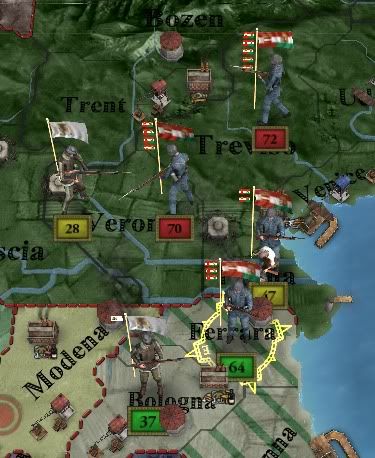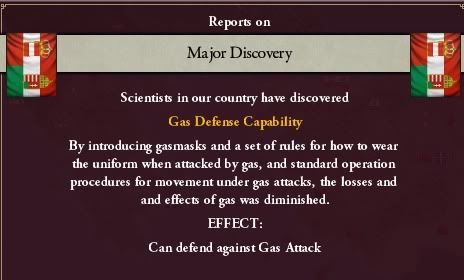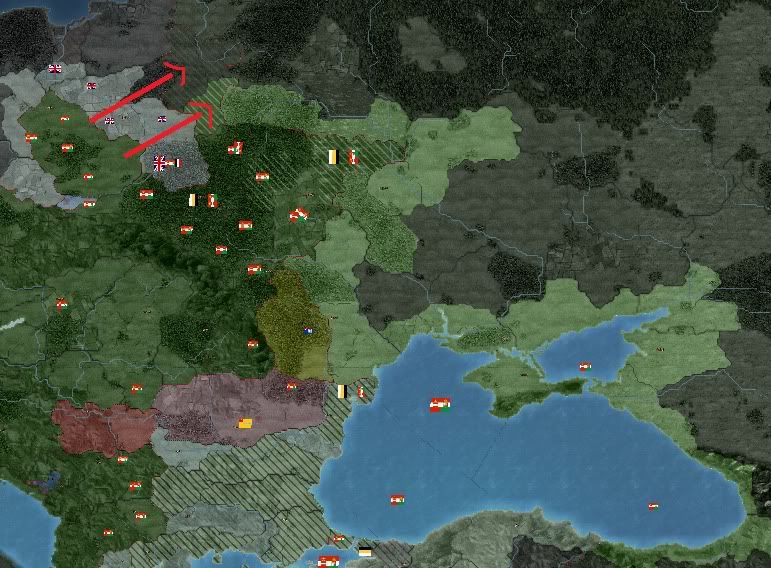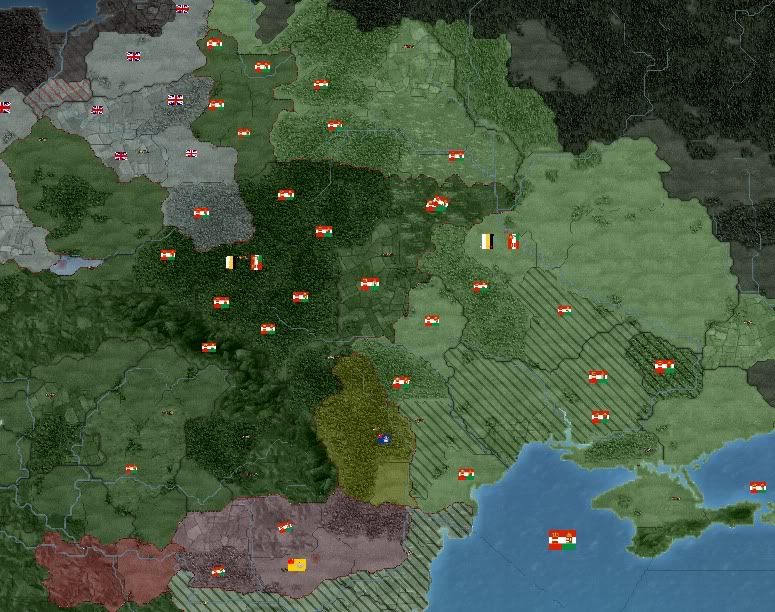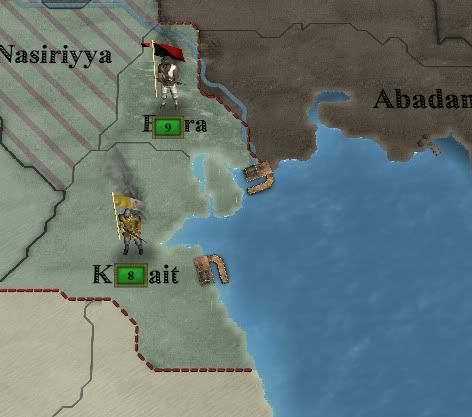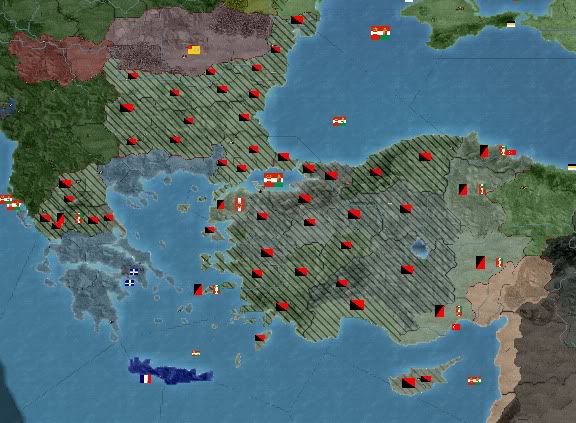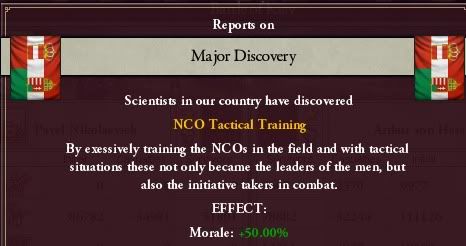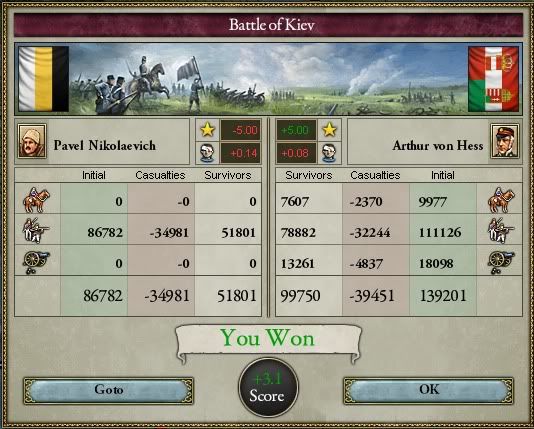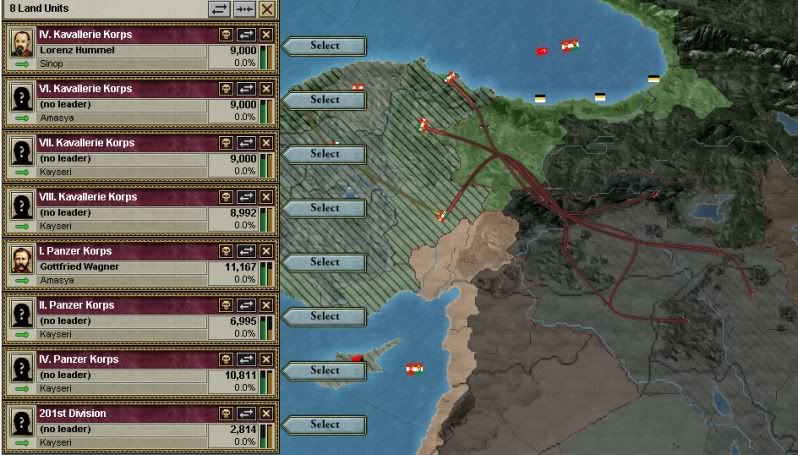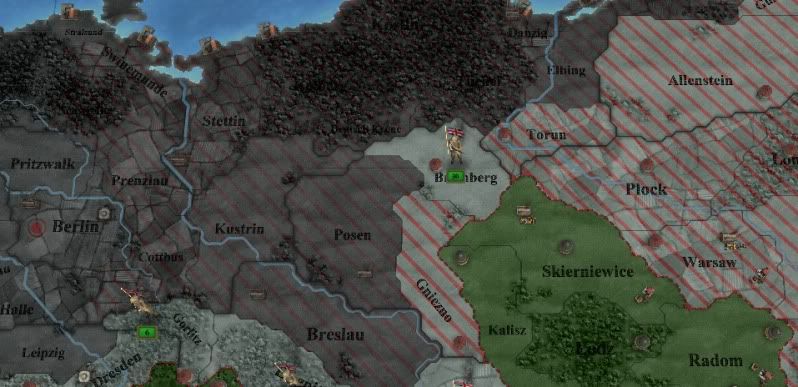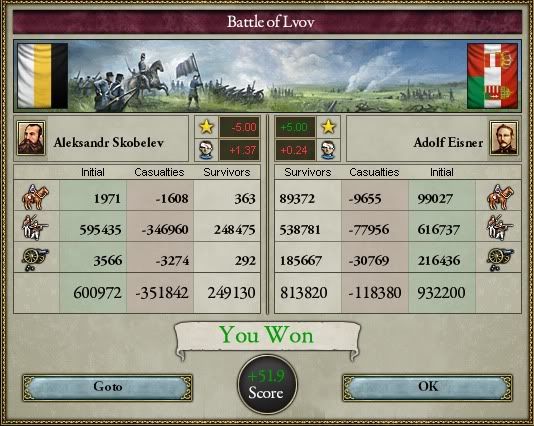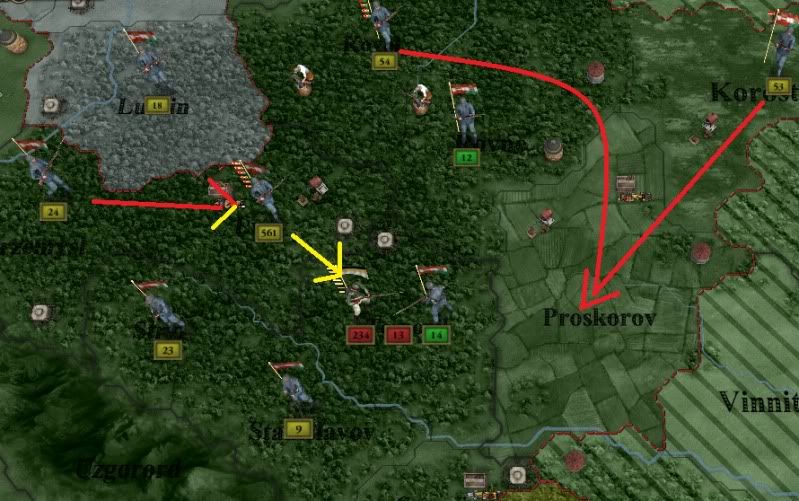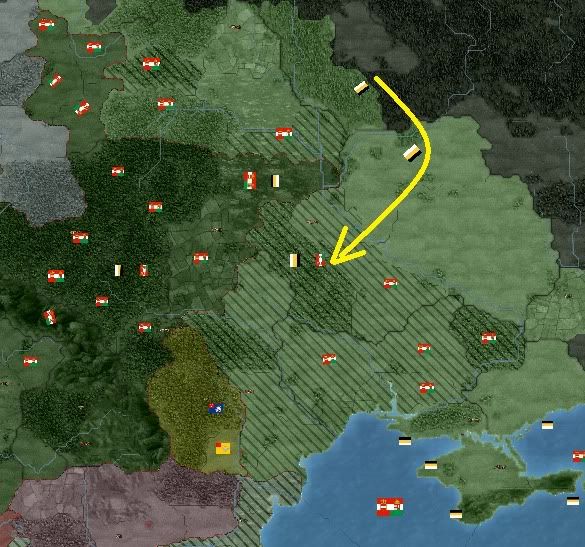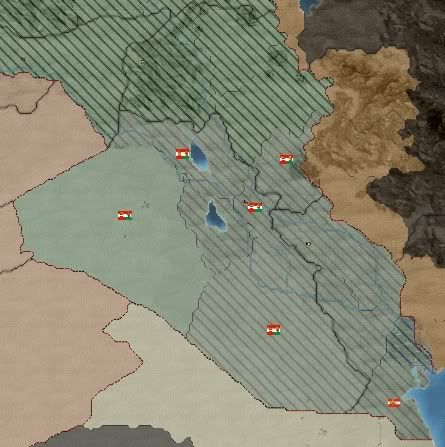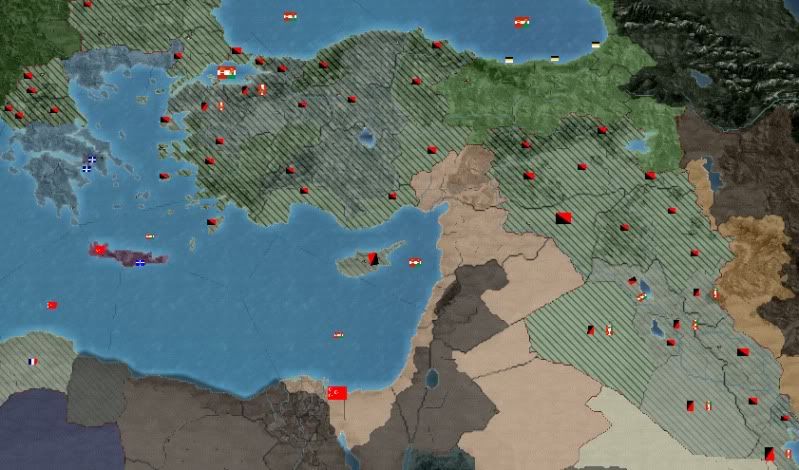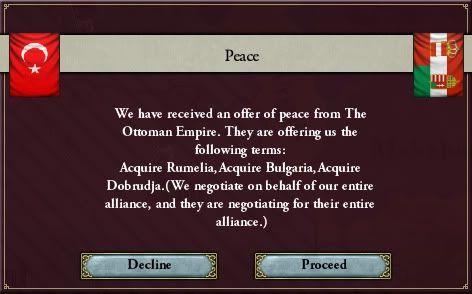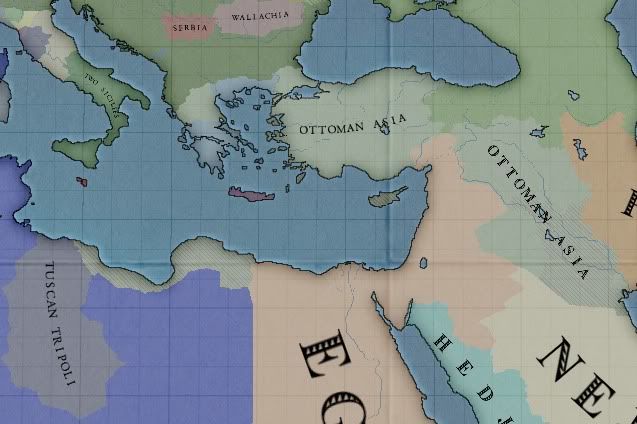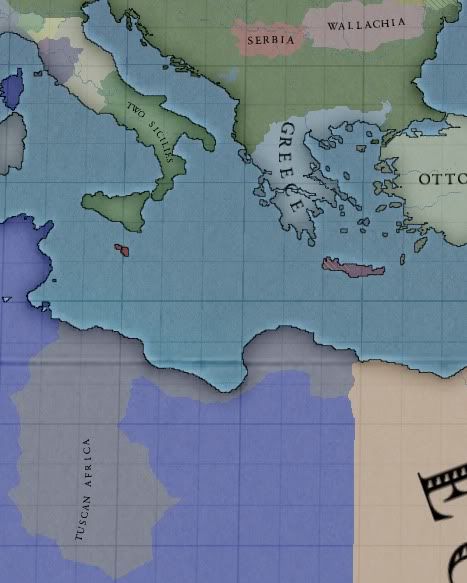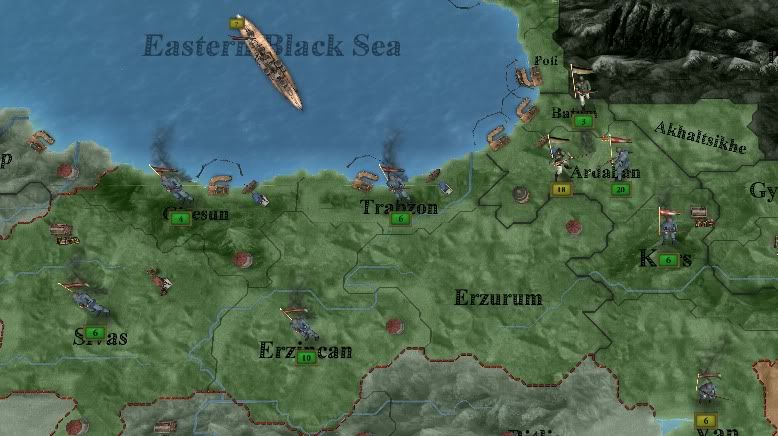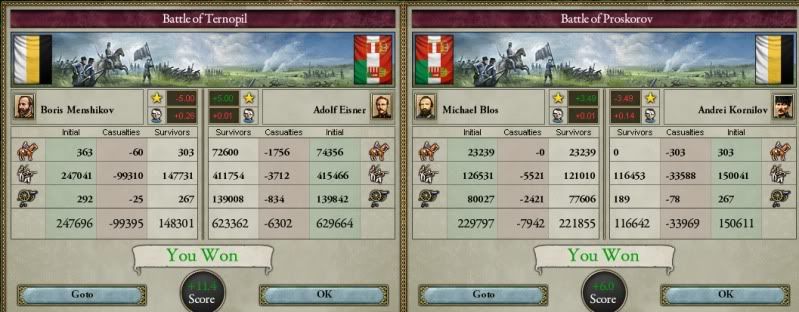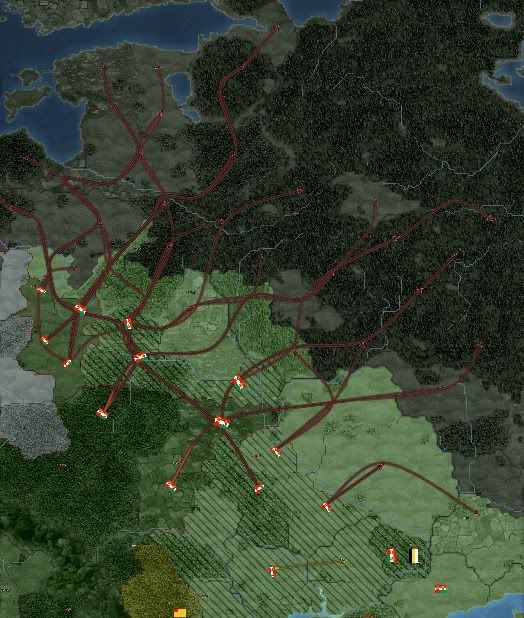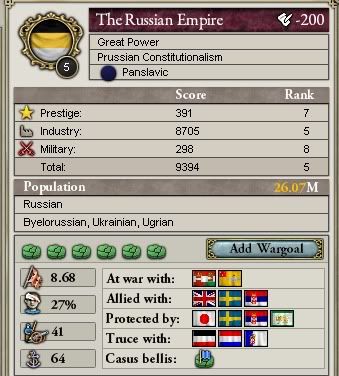National Newspaper front page, 9 July 1916
Our beloved Emperor, since his liberal reforms during the 1800s all but a humble figurehead of his proud democracy, last night aired a stirring radio announcement to the Empire. He announced, after much effort on the part of diplomats, and thankfully after so little blood shed between our both great nations: Britain has come to terms and agreed to stop the fighting. The war between the United Kingdom and Austria is over! He proceeded to thank the efforts of the British and Austrian diplomats before concluding that while the fighting with the Western nations is mostly over, there is still hard fighting to come to drive the Russian horde from our homeland and defeat them.

This announcement comes just over a week since the Paris Peace Treaty last Wednesday June 28, which saw the ceasefire signed between Austria and the French, Spanish, Swedish, and Serbians. The radio announcement was met by the ringing of church bells throughout the land, and soldiers on leave within the capital and major cities of the empire took to the streets as a mood of optimism and party spread.
This reporter believes that on hearing of the news, the entire northern wing of the Austrian Army was ordered to move towards Wielkopolskie. It has yet to be confirmed but some sources within the Austrian Army have declared that this area will not be given up again without a fight. This news of peace with the British comes just 3 days after the offensive in Italy was launched. It is believed this offensive has been codenamed Operation Mars, after the Roman God of war, and with luck will see another of Austria’s foes removed from the battlefield soon.
Our beloved Emperor, since his liberal reforms during the 1800s all but a humble figurehead of his proud democracy, last night aired a stirring radio announcement to the Empire. He announced, after much effort on the part of diplomats, and thankfully after so little blood shed between our both great nations: Britain has come to terms and agreed to stop the fighting. The war between the United Kingdom and Austria is over! He proceeded to thank the efforts of the British and Austrian diplomats before concluding that while the fighting with the Western nations is mostly over, there is still hard fighting to come to drive the Russian horde from our homeland and defeat them.

This announcement comes just over a week since the Paris Peace Treaty last Wednesday June 28, which saw the ceasefire signed between Austria and the French, Spanish, Swedish, and Serbians. The radio announcement was met by the ringing of church bells throughout the land, and soldiers on leave within the capital and major cities of the empire took to the streets as a mood of optimism and party spread.
This reporter believes that on hearing of the news, the entire northern wing of the Austrian Army was ordered to move towards Wielkopolskie. It has yet to be confirmed but some sources within the Austrian Army have declared that this area will not be given up again without a fight. This news of peace with the British comes just 3 days after the offensive in Italy was launched. It is believed this offensive has been codenamed Operation Mars, after the Roman God of war, and with luck will see another of Austria’s foes removed from the battlefield soon.
****
No Printed in the newspaper report:

Classified dispositions on the launch of Operation Mars. Austrian troops ordered to take advantage of the gap in the Italian front line and not engage forces further south until that objective has been secured.

Army movements into Austrian-Poland
No Printed in the newspaper report:

Classified dispositions on the launch of Operation Mars. Austrian troops ordered to take advantage of the gap in the Italian front line and not engage forces further south until that objective has been secured.

Army movements into Austrian-Poland


